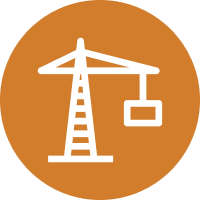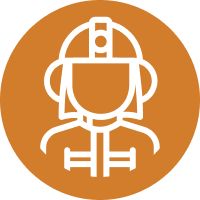
Many of us travel to the office thinking about all of the things we must get done that day to call the day a success. As we sip our coffee we contemplate the opportunities and challenges and, if you’re like me, envision a positive outcome. Like many, I work in an office where the biggest hazard subsides as soon as I park my car. As a result, I get to focus on getting things done because I take my personal safety for granted. Paper cuts and unhealthy lunches top my list of hazards.
Since we sell to the petrochemical industry, I often think of my clients who only begin to face hazards when they press the door lock button on their key chain. Working among pressurized, flammable, and hazardous gasses in facilities that are known targets for terrorists demands a higher level of intensity at work. It’s not enough to get things done, it all must get done while adhering to strict safety practices. That’s why safety is so prominent on a plant site. You see it in visual reminders and hear it repetitively in conversation.
Over the last few years, I’ve been surprised to discover that the intensity around creating a safe workplace somehow overlooked a major business process in the industry – safe sheltering of people during emergencies. When their safety is threatened by fire, fumes, spills, or violence, staff must take shelter and the emergency responders must account for them quickly. Believe it or not, most plants still use clipboards and radios to account for people.
Given the technology that is available, this is no longer an acceptable practice. Petrochemical facilities should enhance their emergency response process with technology that enables responders to make data driven decisions and analyze their performance after the event is over. Doing so adds credibility to the goal of returning people to their homes safely at the end of their day.






